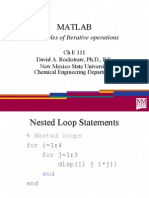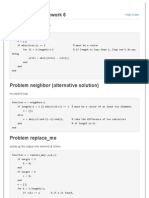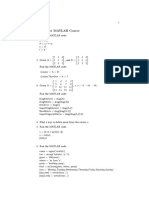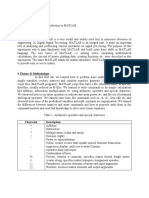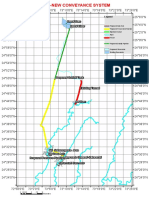0% found this document useful (0 votes)
10 views20 pagesMATLAB Assignment
The document contains a series of MATLAB programming problems and solutions, covering topics such as Fibonacci series, geometric calculations, triangle classification, and plotting functions. Each problem includes a description, MATLAB code, and example outputs demonstrating the functionality of the programs. The problems range from basic mathematical operations to more complex graphical representations and analyses.
Uploaded by
kawsar.gstuCopyright
© © All Rights Reserved
We take content rights seriously. If you suspect this is your content, claim it here.
Available Formats
Download as PDF, TXT or read online on Scribd
0% found this document useful (0 votes)
10 views20 pagesMATLAB Assignment
The document contains a series of MATLAB programming problems and solutions, covering topics such as Fibonacci series, geometric calculations, triangle classification, and plotting functions. Each problem includes a description, MATLAB code, and example outputs demonstrating the functionality of the programs. The problems range from basic mathematical operations to more complex graphical representations and analyses.
Uploaded by
kawsar.gstuCopyright
© © All Rights Reserved
We take content rights seriously. If you suspect this is your content, claim it here.
Available Formats
Download as PDF, TXT or read online on Scribd
/ 20



























